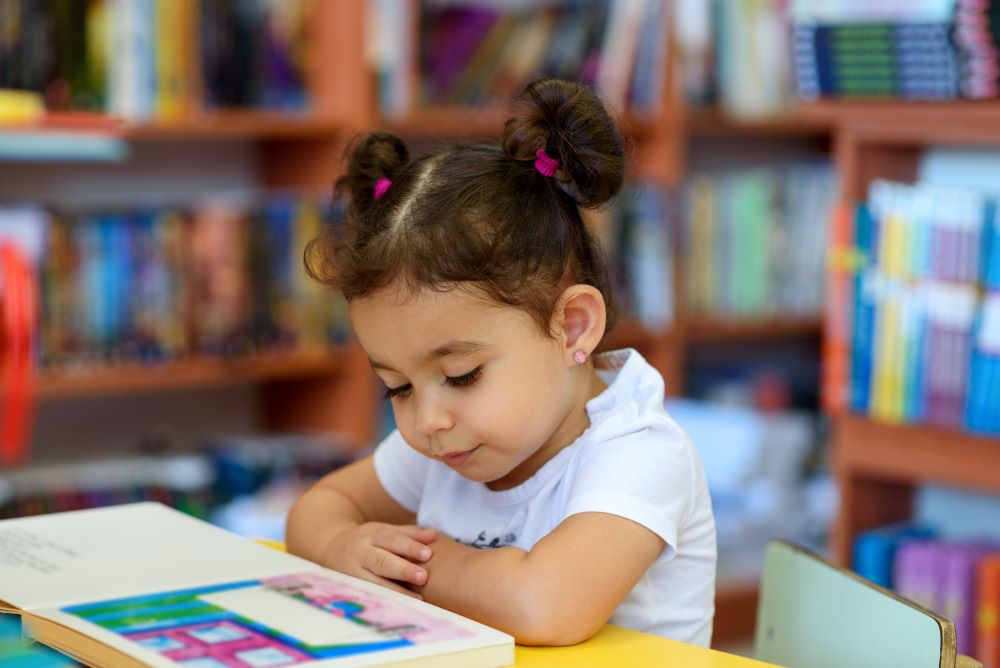How white is the book collection in your service?
Published on Tuesday, 14 November 2017
Last updated on Thursday, 21 January 2021

Books in some Perth early childhood education and care centres do not reflect the racial diversity of Australian society, with the majority containing only Caucasian characters, according to new research from Edith Cowan University.
Researchers surveyed 2377 books in five Perth child care centres and found just 128, or about five per cent, of books contained non-white characters and most of those promoted out dated views or stereotypes.
Of the 2377 books 1018 contained human characters of those:
- 778 contained characters of one race
- 750 were Caucasian
- 28 were from another race
- 240 contained characters of more than one race
- 112 were mostly Caucasian
- 128 contained characters from different races
Lead researcher Ms Helen Adam from ECU's School of Education said very few books contained contemporary representations of non-white races.
"For example American Indian characters were often portrayed wearing a traditional head dress and Aboriginal characters were pictured playing didgeridoos and dressed in a semi-naked state," she said.
"Furthermore, in the majority of the books that did include non-white characters these played no central role in the story and could have been replaced with a white character with no impact on the story."
Ms Adam said in all five centres surveyed children of colour would not have been able to see themselves represented in the books at their centre, and this could have implications for all children if this sample is typical of book collections in other educational settings.
"We know that in the early stages of life children are forming their attitudes related to racial identification," she said.
"Children who do not see representations of themselves reflected within book collections may begin to doubt their self-worth in the centre and in society in general".
"Additionally, Caucasian children in the centres would be equally restricted in their engagement with books that represent races other than their own."
Ms Adam said children need to see their own culture represented in authentic and contemporary ways to develop their sense of identity and an understanding and respect for others.
"Unfortunately, it is unlikely educators would be able to engage with children in meaningful discussions about other cultures with such a restricted choice of books," she said.
Ms Adam said the educators in the day care settings recognised the importance of addressing diversity, but needed guidance on how to provide and use appropriate children's literature.
She said a larger study, which is currently underway, will hopefully lead to greater awareness of the importance of selecting and using diverse literature with young children.
Related Articles

10 children's books with strong female protagonists
Research shows female protagonists remain largely invisible in Australian picture books for young children so we have 10 books with female leads.

Planning and building a multicultural service
The role of early childhood services in helping children establish a healthy sense of their own cultural identity.

9 tips for teachers when talking about racism
Nine tips for teachers on talking to children about racism and explains how education can be a powerful force for change.

